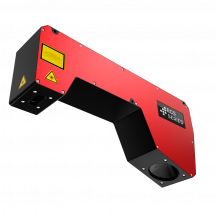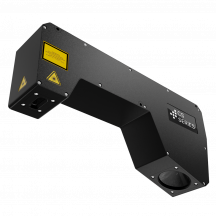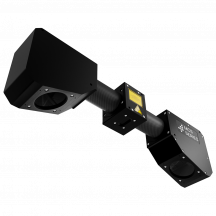/ Automation / Robot Guidance
Robot Guidance
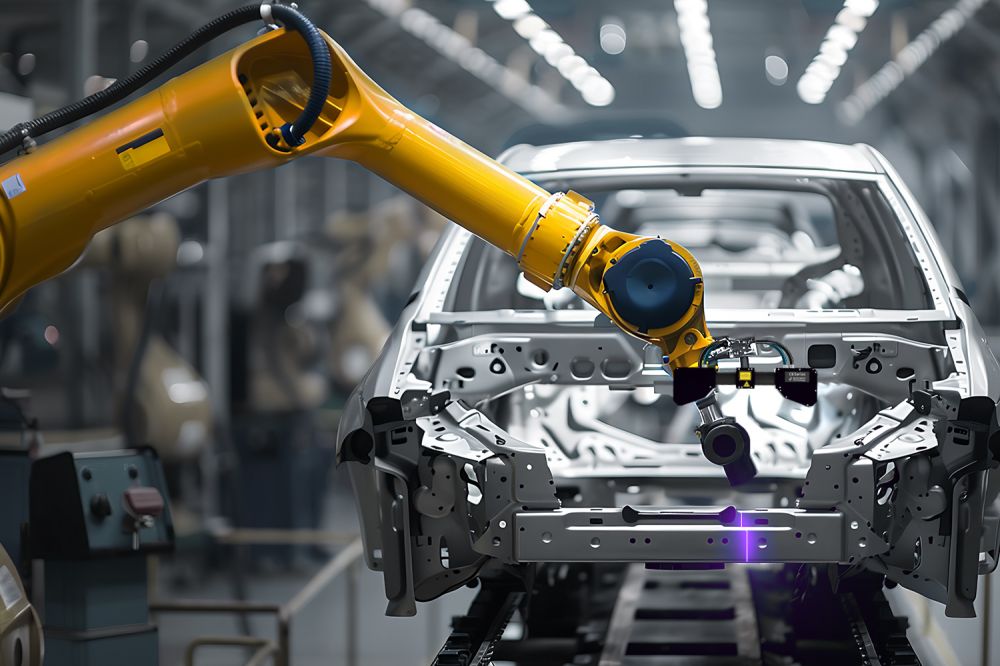
Unlock the full potential of automation with advanced robot guidance using 3D sensors. Experience unparalleled precision, efficiency, and flexibility in your manufacturing processes.
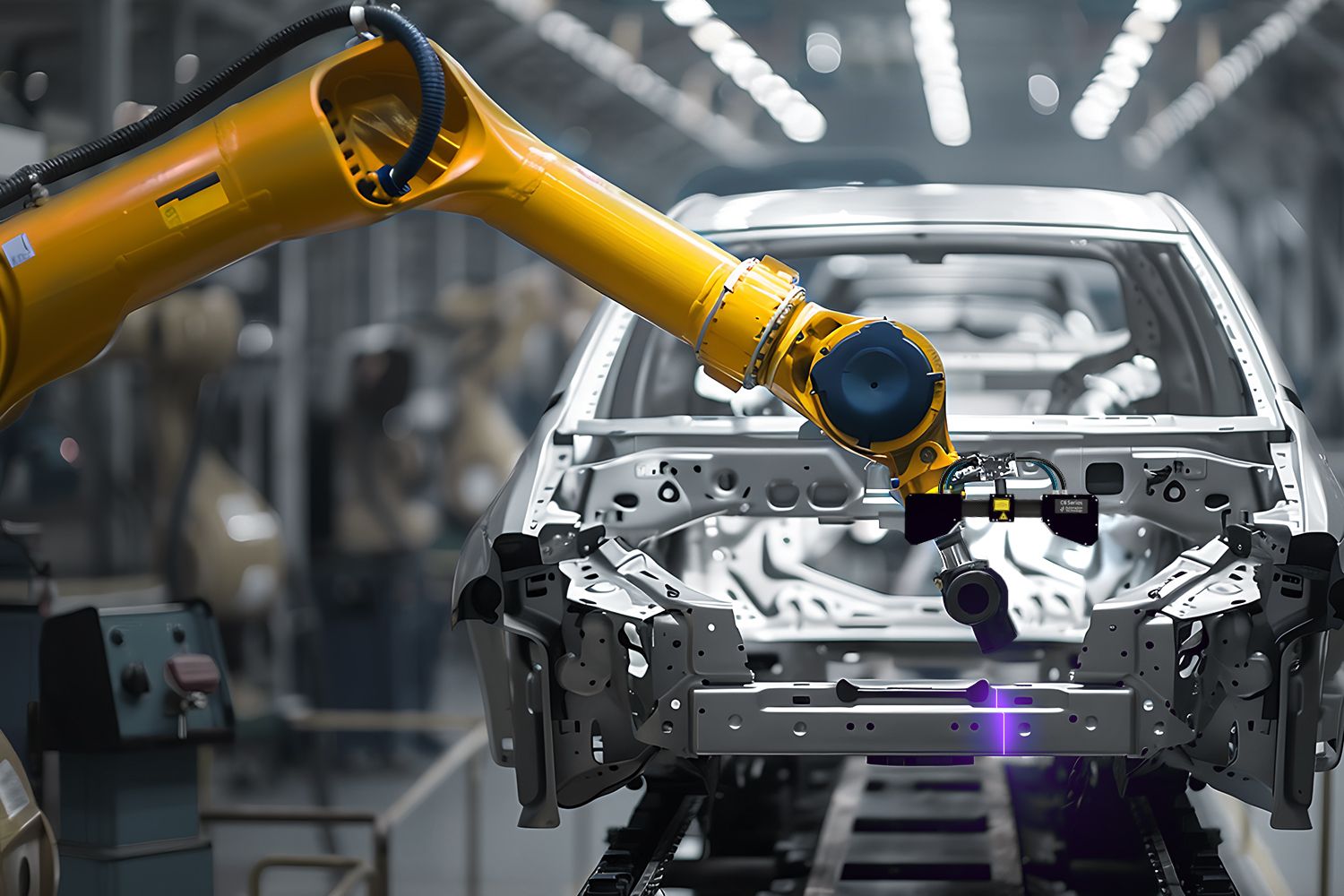
Revolutionizing Automation with Robot Guidance
In the era of Industry 4.0, automation and robotics are revolutionizing manufacturing and industrial processes. One of the most transformative technologies in this domain is robot guidance powered by 3D sensors. By providing robots with the ability to see and understand their environment in three dimensions, 3D sensors enable more accurate, efficient, and flexible operations. This article delves into the world of robot guidance with 3D sensors, exploring its benefits, applications, and how it works.
Benefits of Robot Guidance with 3D Sensors
-
Enhanced Precision3D sensors provide high-resolution data that allows robots to perform tasks with exceptional accuracy, reducing errors and improving product quality.
-
Increased EfficiencyWith real-time 3D data, robots can operate faster and more efficiently, minimizing downtime and maximizing productivity.
-
Greater Flexibility3D sensors enable robots to adapt to varying tasks and environments, making them suitable for a wide range of applications.
-
Improved SafetyBy accurately detecting obstacles and human presence, 3D sensors enhance the safety of robotic operations, preventing accidents and collisions.
-
Cost SavingsThe precision and efficiency provided by 3D sensors reduce waste, lower the need for rework, and optimize resource utilization, leading to significant cost savings.
By leveraging the advanced capabilities of 3D sensors, robot guidance significantly enhances operational efficiency, safety, and flexibility. These benefits not only improve the quality and reliability of processes but also contribute to substantial cost savings and overall productivity.
Metrology: Who Needs It, When to Apply It, and Where It Works Best
Application Examples
What is Robot Guidance?
Robot guidance is the process of using advanced technologies, such as our 3D sensors, to control and direct the actions of robots. With the integration of 3D sensors, robots gain the ability to perceive and interpret their surroundings in three dimensions. This precise positioning is then communicated to the robot, enabling it to accurately grip, label, or paint objects. By detecting the exact position of objects in 3D space, robots can perform complex tasks with higher accuracy and adaptability. This capability is essential for automating intricate processes and improving overall operational efficiency.
By incorporating 3D sensors, robot guidance transforms traditional automation, allowing robots to interact more intelligently with their environment. This advanced level of perception and control is crucial for achieving higher precision, safety, and adaptability in various industrial applications. Whether it’s gripping components in automated assembly, ensuring perfect alignment in labeling, or achieving consistent quality in painting, robot guidance with 3D sensors ensures high accuracy and efficiency throughout various production steps. Some important Use Cases for Robot Guidance:
-
Automated AssemblyRobots equipped with 3D sensors can precisely locate and assemble components, ensuring perfect alignment and fit, which is crucial in industries like automotive and electronics. The ability to grip objects accurately ensures seamless assembly processes.
-
Quality Inspection3D sensors enable robots to conduct detailed inspections, identifying defects and ensuring that products meet stringent quality standards. This high level of precision is also used when robots need to label objects accurately, ensuring that every product is correctly marked and traceable.
-
Pick and PlaceIn logistics and warehousing, robots with 3D sensors can accurately pick up and place items, optimizing order fulfillment and inventory management. The precise gripping capability allows robots to handle a wide variety of objects safely and efficiently.
-
Welding and PaintingFor tasks requiring precise movements, such as welding and painting, 3D sensors guide robots to follow exact paths, ensuring consistent and high-quality results. Accurate painting is crucial for maintaining product aesthetics and functionality.
-
Material HandlingIn manufacturing and construction, robots use 3D sensors to handle materials safely and efficiently, reducing manual labor and enhancing operational safety. This includes tasks such as gripping objects securely to move them to the correct location and labeling objects accurately for tracking and identification.
By integrating these specific examples into the use cases, it’s clear how C6 3D sensor enhance robot guidance in gripping objects, labeling objects, and painting objects, ensuring precise and efficient operations in various industrial applications.
How Robot Guidance Works:
5 Simple Steps
Metrology with 3D sensors is a precise and systematic process.
Here’s how it works:
Here’s how it works:

1. Environment Scanning
Our 3D sensors scan the object’s operating environment, capturing detailed spatial data to create a comprehensive 3D map. The sensors detect the geometric features of the object using advanced image processing tools.
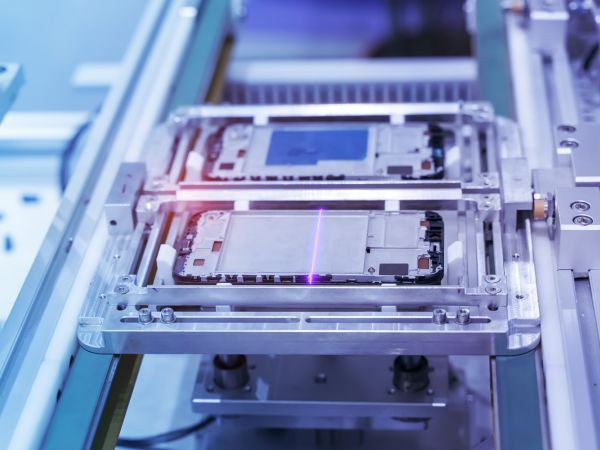
2. Data Processing
The captured data is processed using sophisticated algorithms to identify objects, obstacles, and relevant features within the environment. This information is crucial for understanding the exact position and orientation of the objects.
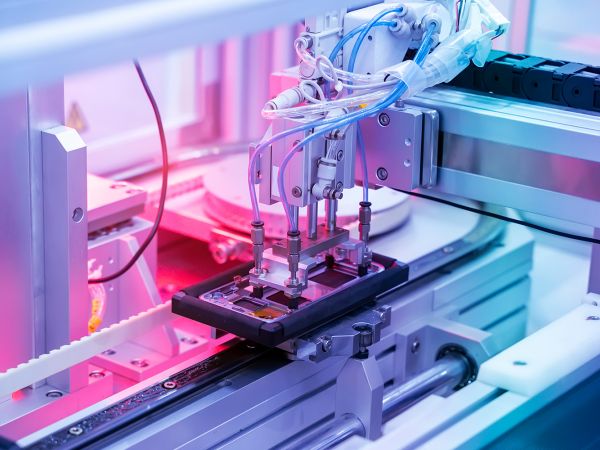
3. Path Planning
Based on the processed data, the system generates an optimal path for the robot to follow, ensuring precise movements. This path planning takes into account the position and geometric features of the objects to avoid obstacles and achieve the desired task.

4. Real-Time Monitoring
The 3D sensors continuously monitor the robot’s actions in real-time, providing feedback to adjust and correct the robot’s path as needed. This ensures that the robot can adapt to any changes in the environment and maintain accuracy.
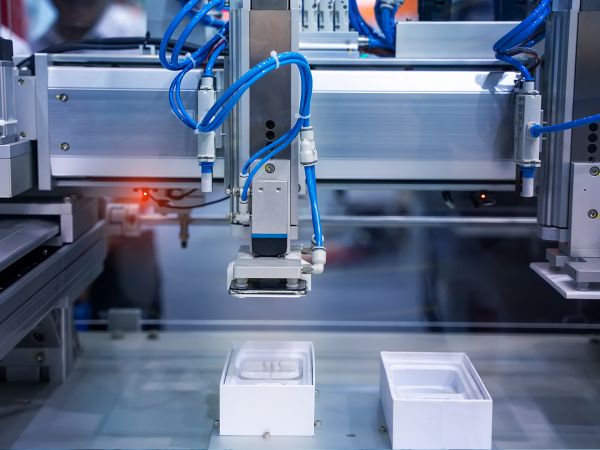
5. Task Execution
With the guidance of 3D sensors, the robot performs the assigned tasks with high precision and efficiency. Whether it’s correctly gripping the object, marking it with a labeling laser, or painting it, the robot executes these tasks accurately and efficiently, ensuring high-quality results.
By harnessing the power of 3D sensors for robot guidance, industries can achieve unprecedented levels of automation, enhancing productivity, safety, and quality across various applications.
3D sensors for industrial Metrology
Get the most out of your production!
🇺🇸 North America
🇩🇪 Worldwide

